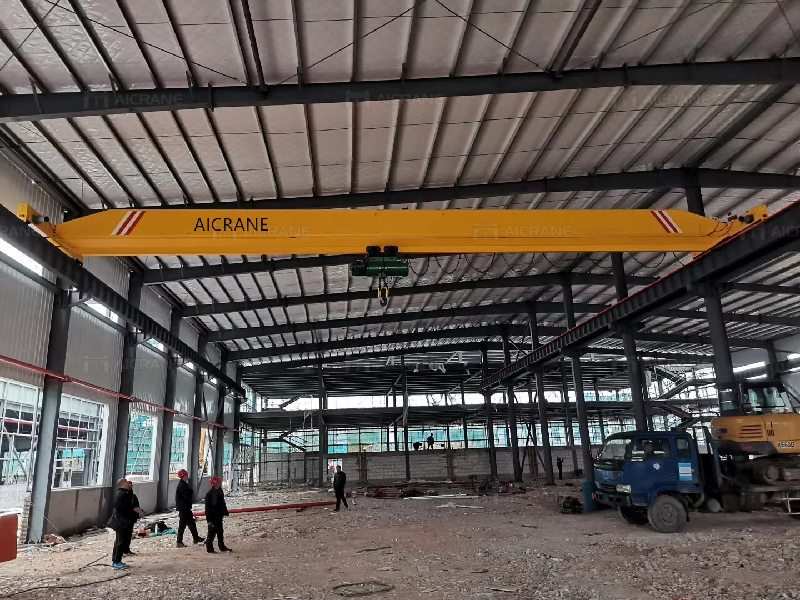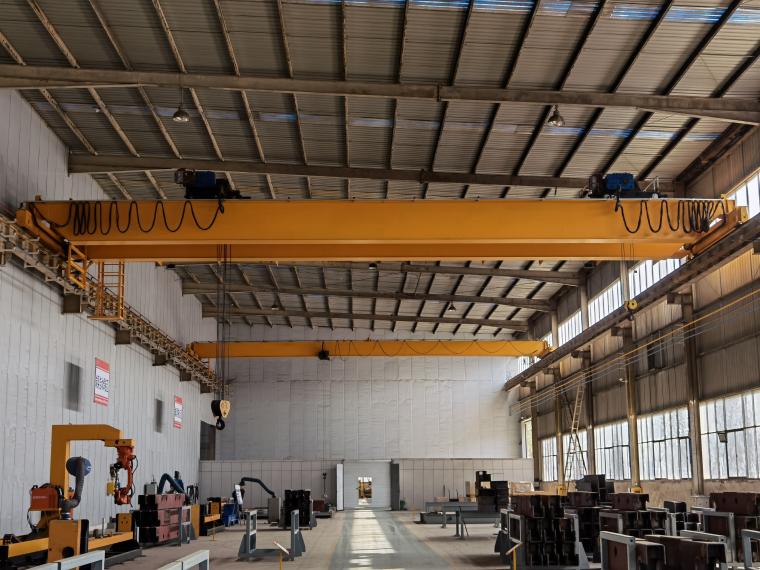In the world of industrial operations, efficiency, safety, and productivity are paramount. For businesses dealing with heavy materials or large loads, an Electric Overhead Traveling (EOT) crane is often a critical investment. However, purchasing an EOT crane involves more than just picking the first option you find; it requires careful budgeting and an understanding of the factors influencing the price. This guide will help you navigate the complexities of EOT crane price and ensure you make an informed decision that suits your industrial needs.

Understanding EOT Cranes
Before diving into the costs, it’s important to understand what an EOT crane is and how it functions. EOT cranes are commonly used in manufacturing, assembly lines, and warehouses. These cranes consist of parallel runways with a traveling bridge that spans the gap, and a hoist mechanism that moves along the bridge to lift and transport heavy loads. They come in two primary types:
- Single Girder EOT Cranes: These cranes have one main bridge girder and are generally used for lighter loads (up to 20 tons). They are more cost-effective but offer limited lifting capacity and span.
- Double Girder EOT Cranes: These cranes have two main bridge girders, allowing them to handle heavier loads (over 20 tons) and offer a greater span. They are more expensive but provide increased durability and flexibility.
Factors Influencing EOT Crane Prices
EOT crane prices can vary significantly depending on several factors. Understanding these variables will help you create a more accurate budget.
- Crane Type and Capacity: As mentioned, single girder cranes are generally less expensive than double girder overhead cranes. The lifting capacity also plays a crucial role in determining the price. Higher capacity cranes require more robust materials and components, leading to higher costs.
- Span Length: The span length, or the distance between the runways, is another critical factor. Longer spans require more materials and engineering, which increases the price. Custom spans or non-standard lengths can further drive up costs.
- Lift Height: The lift height refers to how high the crane can raise its load. Higher lift heights require longer ropes, chains, and more powerful motors, all of which contribute to the overall cost.
- Duty Cycle: The duty cycle, or how often the crane is used and at what capacity, influences the design and materials required. Cranes intended for continuous, heavy-duty use will be more expensive due to the need for more durable components.
- Customization and Special Features: Any customization, such as specific control systems, anti-sway technology, or automation features, can significantly increase the price. Businesses may require additional safety features or specific design modifications, all of which add to the cost.
- Installation and Commissioning: The installation process for an EOT crane is complex and requires skilled technicians. The cost of installation is often a significant part of the overall budget. Additionally, commissioning, or the process of testing and ensuring the crane operates correctly, is another cost factor.
- Brand and Manufacturer: The reputation and reliability of the manufacturer can also affect the price. Well-known brands with proven track records often charge more due to their established quality and after-sales support.
- After-Sales Service and Warranty: Reliable after-sales service and warranty coverage are essential for minimizing downtime and maintenance costs. Cranes with extensive warranty periods and robust support networks may come at a premium price but offer long-term savings. Aicrane is a professional crane supplier, has been in this industry for many years and committed to offering cost-effective crane solutions for different users to suit various lifting needs.

Estimating the Cost
Given the numerous factors involved, estimating the cost of an EOT crane requires a careful assessment of your specific needs. However, some general price ranges can provide a starting point:
- Single Girder EOT Cranes: Prices typically range from $20,000 to $100,000, depending on the capacity, span, and customization requirements.
- Double Girder EOT Cranes: These cranes generally start at around $50,000 and can go up to $200,000 or more, especially for high-capacity or custom designs.
It’s important to note that these figures are for the crane itself. Installation, commissioning, and after-sales services can add another 10-20% to the total cost.
Budgeting Tips
When budgeting for an EOT crane, consider the following tips to optimize your investment:
- Conduct a Needs Assessment: Understand your specific operational requirements, including load capacity, duty cycle, and environmental conditions. This will help you avoid overpaying for features you don’t need or under-budgeting for essential specifications.
- Plan for the Long Term: While it might be tempting to choose the cheapest option, consider the long-term implications. A more expensive overhead crane with better durability, efficiency, and after-sales support can offer greater value over time.
- Include All Costs: Don’t forget to include installation, commissioning, and any potential modifications to your facility in your budget. Also, factor in ongoing maintenance and operational costs.
- Explore Financing Options: If the upfront cost is a concern, explore financing options. Many manufacturers offer leasing or financing plans that can make the investment more manageable.
- Seek Multiple Quotes: Obtain quotes from several reputable manufacturers to compare prices and services. This will give you a better understanding of the market and help you negotiate better terms.
Investing in an EOT crane is a significant decision that can greatly impact your industrial operations. By understanding the factors that influence EOT crane prices and budgeting accordingly, you can make an informed decision that meets your operational needs while staying within your financial limits. Remember to consider not just the initial cost, but also the long-term value and support that come with your investment.